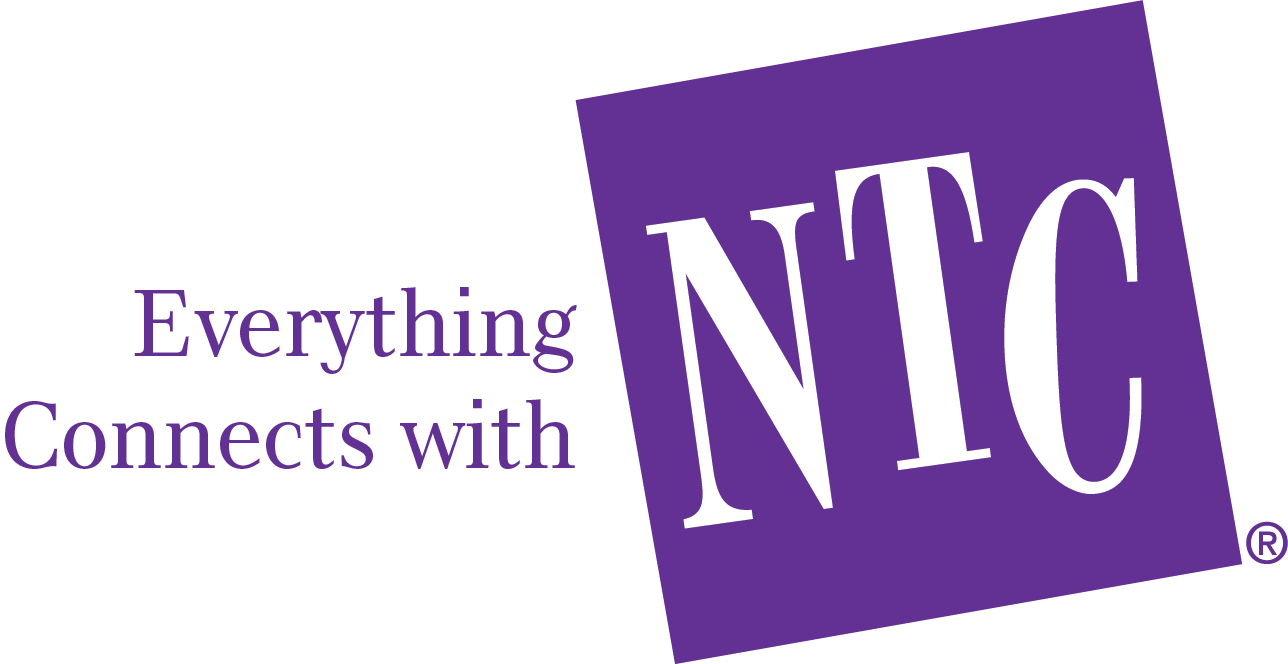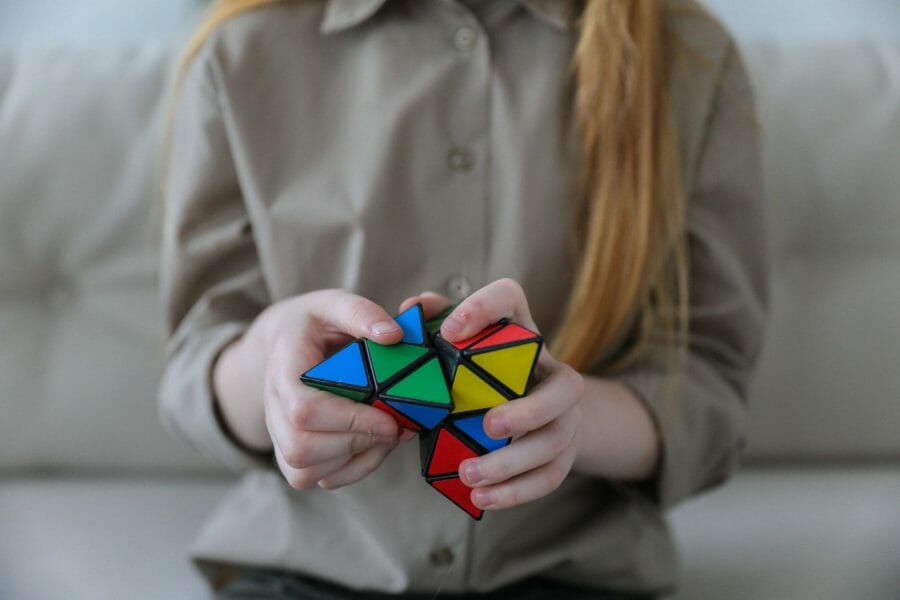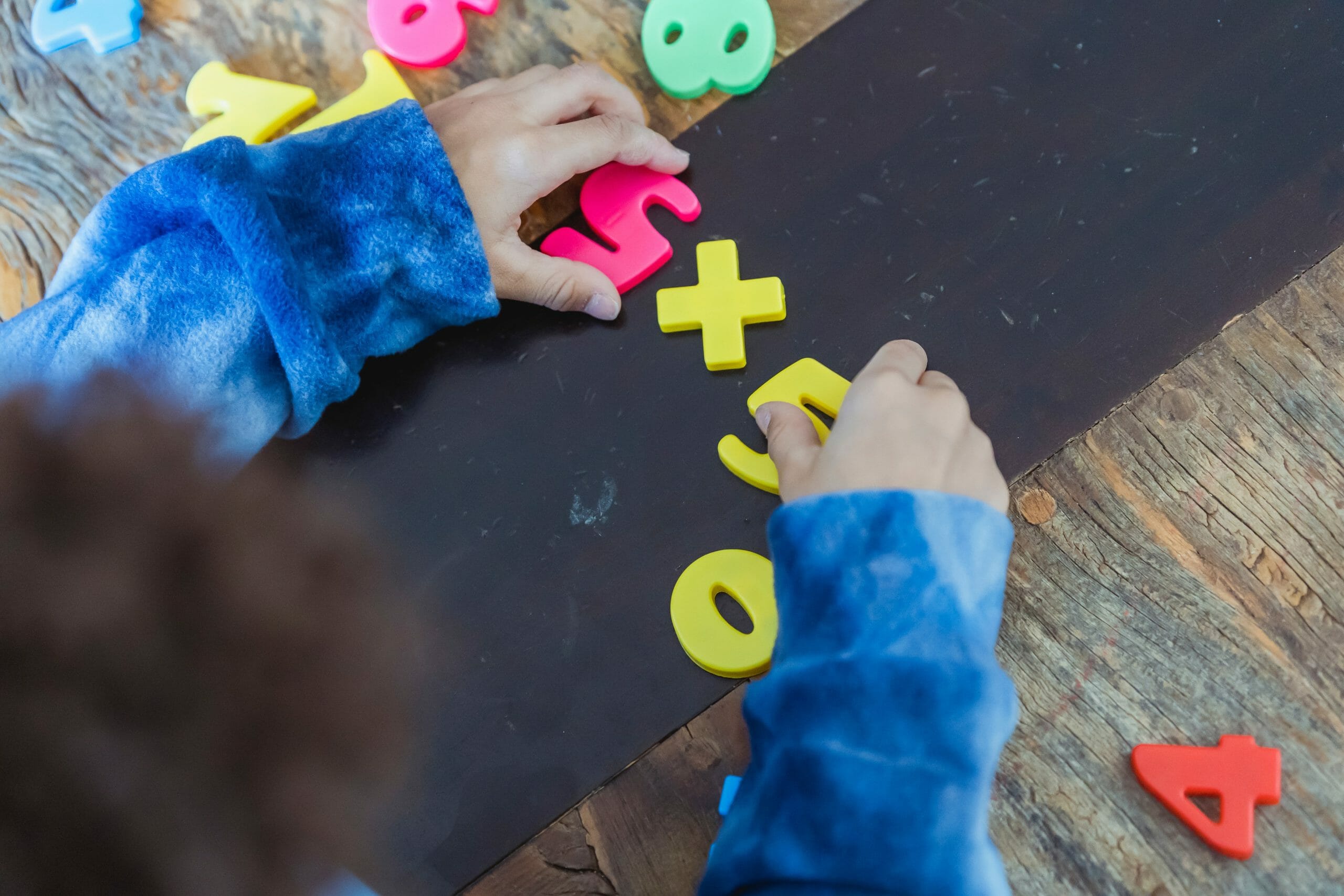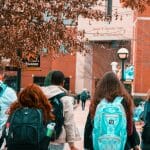When we pivot lesson plans to include word problems, many kids have a hard time making that adjustment. The lessons that were already giving them trouble get muddied up in hypothetical situations. Not only can this be confusing for their young minds, but with hypothetical situations, they often simply don’t care. Solving real world problems is a much more effective and meaningful method of learning.
Engaging children in the real problems that affect their local communities gives them something to get excited about. It keeps them engaged. It also allows them to be part of the solution, rather than live as bystanders observing the struggles in their communities. Why does that matter when it comes to learning? Good question.
Why it’s Important to Teach Kids to Be Part of the Solution
Aside from being a wonderful teaching tool, getting young people involved with solving the problems that affect the people living around them delivers a host of benefits. It teaches students to interact with their local communities and meet people they may never run into otherwise. It also helps them develop the skills they need to be more active members of their communities.
They also gain a great deal of empathy through community outreach. Doing something good for others is a great way to help us feel good about themselves, and a great way to boost a child’s self esteem. It’s children’s empowerment at its finest.
The reason solving real world problems is so much more effective than hypothetical ones is that with real world problems, children are much more personally involved in it. It’s their community, and the outcome can affect everyone in their orbits, from their family to their friends. The fact that they get to be part of the solution gives them confidence and an increased sense of self worth. as well as a valuable skill set that will serve them well in the future. So, what kind of real world problems can we solve in our own backyards?
Identifying Great Real World Problem Solving Activities
When you begin your search for real-world problems for students to solve, you’ve got a few options. You can try to think them up yourself, ask your students for help, or even reach out to local organizations. Each of these is a valuable means of brainstorming, and utilizing them all will deliver the best results.
Don’t worry about finding problems that can be entirely solved over the course of a school semester. Most real world problems require dedication and diligence over the long haul. Instead, focus on activities that will show students how to be part of the solution and take a tangible step toward the greater goal. These types of lessons are easier to grasp and leave students with a feeling of accomplishment at the end.
Solo Brainstorming
The first place to begin your search for opportunities for learning is within yourself. You’ve no doubt got some ideas of problems that need solving in your community, and writing them down will give you a good roadmap to work from. If it’s something you feel passionate about, it will be easier to get the children into the idea and make them want to be part of the solution. Your list doesn’t need to be exhaustive. Just something to get the ball rolling.
Ask the Students to Weigh In
Once you’ve got a list of ideas, it’s a great idea to get the students involved. By asking them what they want to work on, you allow them to flex their creative and critical thinking muscles. Let them talk about what local issues they would like to solve and the reasons they believe it’s important to be part of the solution to those problems.
Allowing children to chime in will help you choose a project that they are going to remain engaged in and care about. It will also allow them to practice some group decision making. Not everyone’s first choice will be picked, but the decision making process will help them understand why the final decision was the right one.
Reach Out to Local Organizations
There are all kinds of local organizations that can help you find worthwhile causes to get your class behind. Community-based nonprofits and religious organizations always have a slate of issues they are working to solve, and are always looking for people who want to be part of the solution.
Civic and government agencies can be good places to reach out to as well. They’ve got their fingers on the pulse of the city and can probably help direct you to some things that you can help fix locally. Bringing them into the fold will show your students what the city is currently doing to address the issues that are important to them.
Building relationships with these organizations will also let them know that you are interested in any opportunities that may arise in the future. Another huge benefit is that it will give you a good group of possible guest speakers to pull from, so you can supplement your lessons with facts from an authority in the field.
Ideas to Get You Started
There are a lot of problems out there that need solving. Not all of them are suitable for children or the classroom setting, however. If you’re having trouble getting started on a list of your own, here are some great ways teachers are using real life examples in teaching kids to be a part of the solution not the problem.
Food Insecurity – If you’re looking to make a tangible difference on a local level, food insecurity issues are a good place to start. There are likely students in your school whose families don’t know where their next meals are coming from, so putting together a food drive or planting a community garden are great ways to help them out and encourage your students to be part of the solution.
Homelessness – In addition to those who don’t know where their next meal is coming from, most of our communities also have a number of people who don’t know where they’re going to sleep tonight. There are more than a half million homeless people in the country, and learning about helping those in your community can create empowered kids who continue to help out as adults.
Climate Change – Climate change is another issue that hits home for people all over the world. As billion dollar disasters wreak havoc on all corners of the world, many of us now know someone who has been affected by a disaster driven by climate change. Young people can get involved through activities like educating their schools about energy efficiency, promoting energy-wise behaviors, or fundraising to outfit the schools with solar panels. As energy efficiency education experts, NTC has developed education outreach programs tailor made to kick-start these in-school programs.
Environmental Issues – Learning to reduce our carbon footprints goes far beyond just climate change. As we experience water shortages around the world and see garbage piling up in the natural habitats of the world’s creatures, it’s easy to understand the importance of tackling environmental issues. Applying knowledge to real-life through water-wise behaviors, recycling initiatives, and projects that promote the reduction of single use items is a great place to start. Switching to reusable products and drought tolerant plants is a great way to show kids how impactful their actions can be.
Elder Care – As humans continue to live ever longer, we need to find more and better ways to take care of our elders. Showing kids how they can be of service to their elders gives them motivation to be part of the solution to elder care needs. Taking students on a field trip to a local senior housing facility shows them how people live as they get older. Playing games or engaging students in pen pal programs with seniors are fun ways to introduce young people to the world of elder care.
Technology Projects – Not all solutions require such intricate studies of the problem. Getting young people involved in real world STEM projects like designing their own mobile app or building simple tools can give them experience in building solutions to real problems. These are also great ways of connecting learning to real life experiences by teaching children math and science in ways that keep them interested and engaged.
Empower Kids to Make a Difference on Their Own
The importance of real world connections in the classroom is hard to overstate. When we study real world problems, we evolve into better world citizens. By showing young people that they have the power to change the problems in their communities, they will feel more empowered to do so in the future. The world needs more people who are willing and able to be part of the solution. Let’s get the youth started early.






